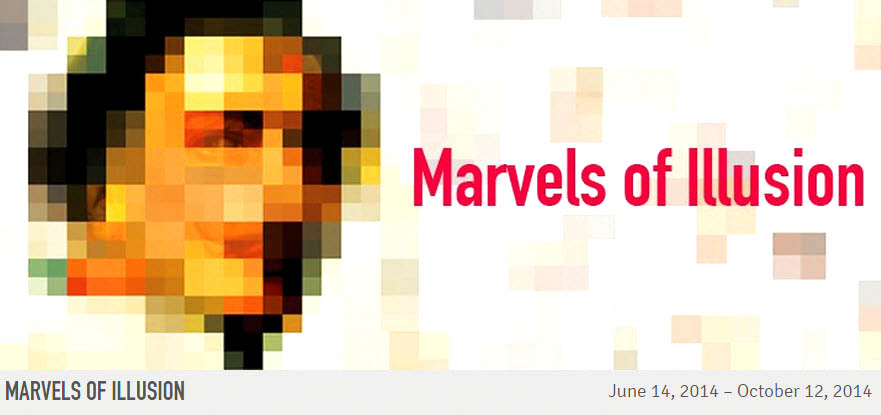Dali Museum opens new exhibit
A visual illusion, as defined by the Dali Museum, is not due to the physical properties of light or the use of mirrors, but is constructed in the brain of the viewer; to put it in simpler terms, a visual illusion is seeing something that is different from what is actually there. In a new exhibit in the Dali Museum called “Marvels of Illusions,” Dali showcases a variety of illusions in the form of sculptures and paintings.
The exhibit, which opened in June 14 and lasts until Oct. 12, Dali uses many techniques to show an illusion. In his painting, La Soif (Thirst), Dali used a technique called decalcomania, or folding a piece of paper with wet ink inside and then peeling it open, to create ink blotches. In the blotches, he visualized two Renaissance figures in period clothing with one of the figures serving wine to the other figure. Along with the ink blotches, Dali created shapes so that the viewers could use their imaginations to see the implied presence of objects in the painting.
His painting, Gala Contemplating the Mediterranean Sea Which at Twenty Meters Becomes the Face of Abraham Lincoln – Homage to Rothko, Dali uses ambiguous illusions to make us believe that the face of Abraham Lincoln is really in the painting. At first glance you see a woman, Dali’s wife and muse for many of his paintings, looking out a window and gazing at the Mediterranean Sea; once you back away from the painting, you start to see the outline of a face. Dali created this illusion by putting high-resolution fine detail against low-resolution overriding shapes. The farther you are from this painting, the more the fine details fade away, leaving you with an outline of a face that our brain interprets as being Abraham Lincoln.
Paranonia, a painting of a bust, provides us with, what I consider, a chilling visual illusion. This bust is supposed to be headless, but because of the “filling-in” process, we create the head of a woman. In the painting, there are small figures that appear to be standing behind the bust, creating her chin, mouth, and nose. In the distance, Dali painted groups of men on horses that we use as her eyes and hairline; our brain takes over the rest of the work and “fills in” the missing pieces of this woman’s face. Facial recognition is a powerful perceptual function, according to the information presented using large iPads placed around the entire exhibit, so the brain can easily make a face where there is none.
In Madonna of the Birds, Dali takes the concept from a famous painting from Raphael called Alba Madonna. The original painting is of Mary, Jesus and John the Baptist, but in Dali’s version, Mary is just a torso and her face is being formed by a flock of birds. Jesus is depicted as holding a cross and siting on Mary’s lap and John the Baptist is reaching up to face Madonna. This illusion is created because of the neurons in our visual cortex connecting the shapes of the individual birds; to get everything else that a face has, Dali kept the color of the birds subdued to hint that there is a human face amongst the birds.
The exhibit was absolutely incredible and featured a lot more than the ones that I touched upon. If you have any free time and are able to get to the Dali Museum, I would easily recommend going to see the illusions yourself. It will undoubtedly leave you wondering just how could Dali do everything that he did?
Elisa was born in Jersey City, New Jersey. She is Puerto Rican and Dominican. She moved to Florida right before she went into fifth grade and hasn’t...


